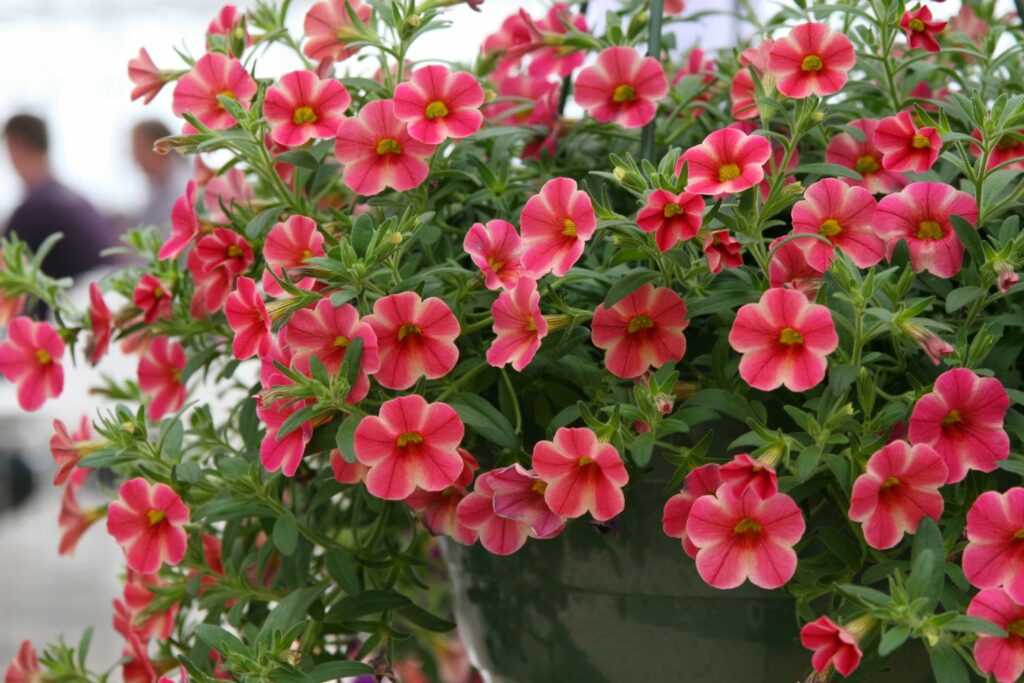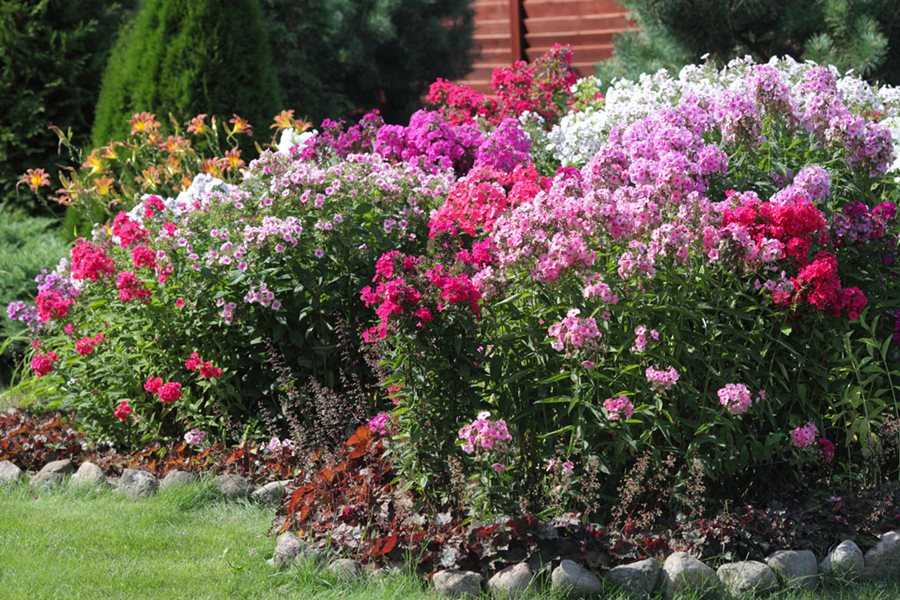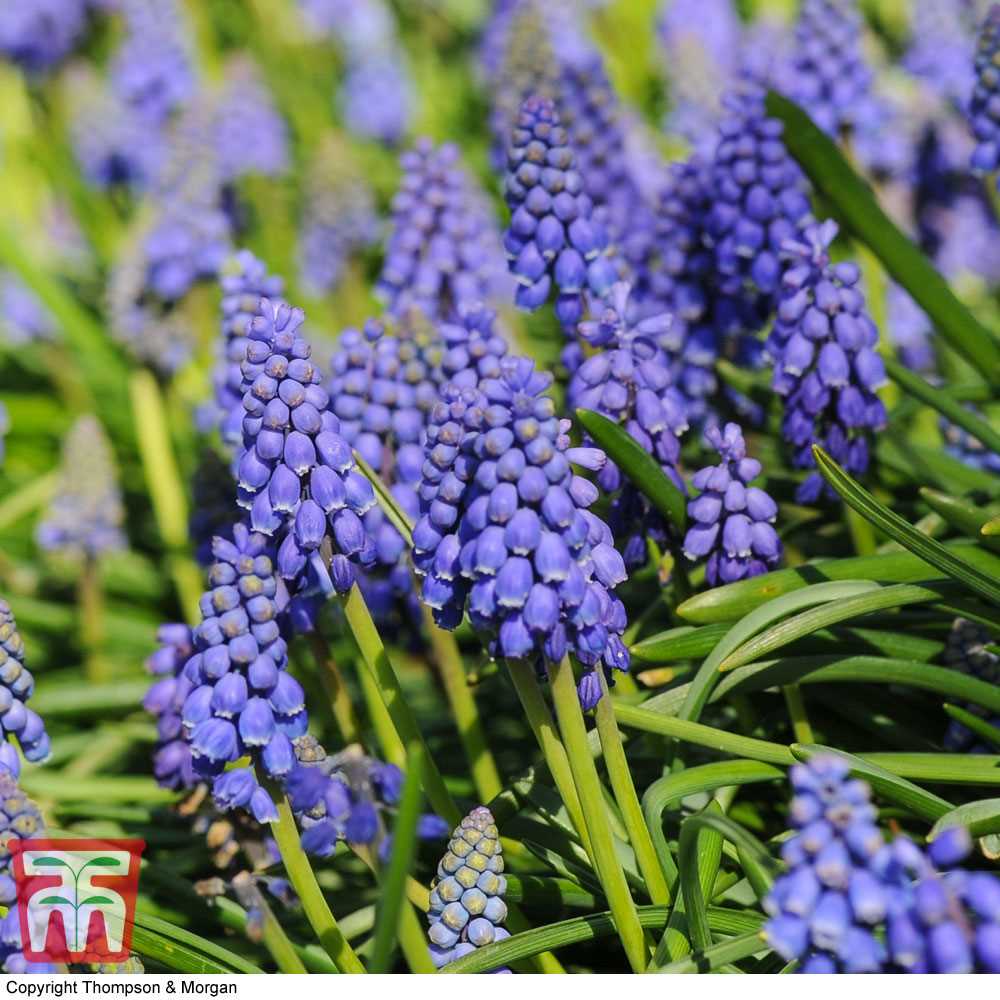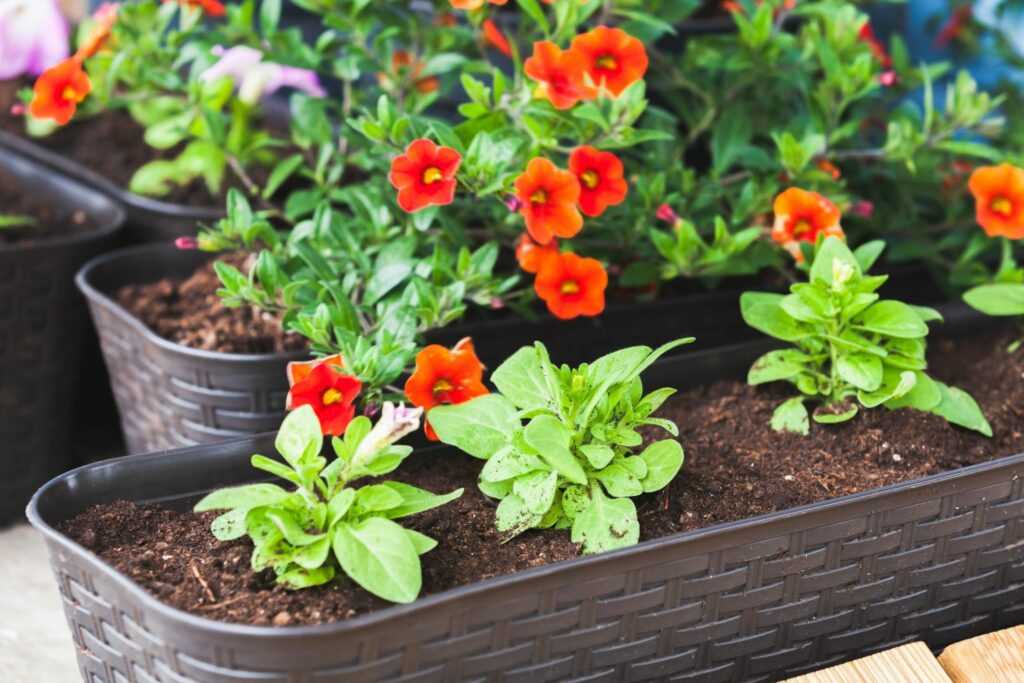- The Beauty of Petunias
- Choosing the Right Spot
- Consider the Climate
- Protection from Wind
- Sunlight Requirements for Petunias
- 1. Full Sun Exposure
- 2. Morning Sunlight
- 3. Protection from Hot Afternoon Sun
- 4. Avoiding Shady Areas
- 5. South or West-Facing Exposures
- Soil Preparation for Petunias
- 1. Choose the Right Location
- 2. Test the Soil
- 3. Amend the Soil
- 4. Remove Weeds and Debris
- 5. Loosen the Soil
- 6. Fertilize the Soil
- 7. Water the Soil
- Planting Petunias
- Spacing Petunias
- Preparing the Soil
- Planting and Care Tips
- Spacing Petunias for Optimal Growth
- 1. Planting in rows or clusters:
- 2. Creating borders or edging:
- 3. Hanging baskets or containers:
- Depth of Planting Petunias
- General Depth Guidelines:
- Considerations:
- Planting Method:
- Caring for Petunias
- Watering Petunias
- 1. Frequency:
- 2. Amount:
- 3. Morning Watering:
- 4. Avoid Overwatering:
- 5. Mulching:
- 6. Container Planting:
- Fertilizing Petunias
- 1. Choose the right fertilizer
- 2. Follow the recommended application rate
- 3. Apply the fertilizer at the right time
- 4. Water before and after fertilizing
- 5. Consider slow-release fertilizer
- 6. Watch for signs of deficiency or excess
- Questions and Answers:
- What is the best time to plant petunias?
- How far apart should I plant my petunias?
- What type of soil do petunias prefer?
- How often should I water my petunias?
- Can petunias be grown in containers?
- Videos: Planting Petunias, Vinca, and Salvia – Family Plot

Petunias are popular flowers for adding color and beauty to any garden or flowerbed. With their vibrant hues and delicate petals, petunias are sure to make a statement wherever they are planted. However, when it comes to creating a flower carpet effect with petunias, knowing how far apart to plant them is crucial.
Planting petunias too closely together can result in overcrowding, which in turn can lead to poor growth and limited blooming. On the other hand, planting them too far apart may result in sparse and bare spots within the flowerbed. Achieving the perfect balance is important for creating a lush and vibrant flower carpet.
Experts recommend spacing petunias about 6-12 inches apart, depending on the variety and size of the plants. This spacing allows for adequate airflow and sunlight penetration, promoting healthy growth and abundant blooms. However, when planning the layout of your flowerbed, keep in mind that petunias will spread and fill in gaps over time, so it’s better to start with slightly more space between plants.
Creating a flower carpet with petunias is a great way to add a burst of color to your outdoor space. By planting them at the right distance apart, you’ll ensure that your flowerbed is both beautiful and healthy throughout the growing season.
The Beauty of Petunias


Petunias are popular flowering plants known for their vibrant colors and ability to carpet flower beds with their blossoms. These versatile plants come in a variety of shades, including pink, purple, white, and red, allowing gardeners to create stunning displays. Whether used as border plants, hanging baskets, or ground covers, petunias add a touch of beauty to any garden.
One of the reasons petunias are so beloved is their ability to bloom abundantly throughout the summer months. With proper care and maintenance, these plants can continue to produce flowers well into the fall. This extended blooming period ensures a colorful and attractive garden for the majority of the growing season.
Another advantage of petunias is their ease of cultivation. These plants are relatively low-maintenance and adaptable to a variety of growing conditions. They can tolerate full sun or partial shade, making them suitable for a range of garden settings. Petunias also prefer well-drained soil, and regular watering is necessary to keep the plants healthy and thriving.
One exciting aspect of petunias is their ability to attract pollinators, such as bees and butterflies. The vibrant colors and sweet fragrance of petunia blossoms make them irresistible to these beneficial insects. By planting petunias in your flowerbed, you can support the pollinator population and contribute to a healthier ecosystem.
When it comes to design possibilities, petunias offer endless options. They can be grown in containers or hanging baskets, allowing for vertical gardening in small spaces. Petunias also work well as ground covers when planted close together, creating a colorful carpet effect. With their cascading growth habit, petunias can spill over the edges of flower beds or walls, softening the landscape and adding a touch of whimsy.
Overall, petunias are a fantastic choice for adding beauty and vibrancy to any garden. Their wide range of colors, extended blooming period, and versatility make them a popular choice among both experienced and novice gardeners. So, whether you’re designing a floral carpet in your flowerbed or seeking to brighten up your patio with hanging baskets, consider incorporating petunias for a stunning display.
Choosing the Right Spot
When planting petunias in your flowerbed, it is important to choose the right spot. Petunias require a location that receives full sunlight for at least 6 to 8 hours a day. This ensures that the plants will receive enough light to grow and bloom properly.
In addition to sunlight, petunias also require well-drained soil. They do not tolerate soggy or waterlogged conditions, so it is crucial to choose a spot with good drainage. Avoid planting petunias in low-lying areas where water tends to pool.
Before planting, it is recommended to prepare the soil by loosening it with a garden fork or tiller. This helps to improve drainage and allows the roots to penetrate more easily. Adding organic matter, such as compost or peat moss, can also help improve the soil’s moisture retention and fertility.
Consider the Climate
In addition to sunlight and soil, it is important to take the climate into consideration when choosing a spot for your petunias. Petunias thrive in warm weather and are typically grown as annuals in most regions. They prefer temperatures between 60°F and 80°F (15°C to 27°C) and may suffer in extreme heat or frost.
If you live in a region with hot summers, consider planting your petunias in a spot that receives morning sunlight and afternoon shade. This can help protect the plants from getting too stressed or wilted during the hottest part of the day.
Protection from Wind


Lastly, consider the wind patterns in your garden when choosing a spot for your petunias. Strong winds can damage the delicate flowers and break the stems. If your garden is prone to strong winds, consider planting petunias near a fence, wall, or other structures that can provide some protection.
Alternatively, you can create a windbreak by planting taller plants or placing stakes with netting around the petunias to shield them from the wind.
Sunlight Requirements for Petunias
Petunias are sun-loving plants that thrive in full sunlight. Adequate sunlight is essential for the healthy growth and abundant blooming of petunias. Here are some important factors to consider regarding the sunlight requirements for petunias:
1. Full Sun Exposure
Petunias require at least 6 to 8 hours of direct sunlight every day. They should be planted in a location that receives full sun exposure throughout the day. This ensures optimal growth and the production of vibrant flowers.
2. Morning Sunlight
Petunias benefit from morning sunlight as it provides them with the necessary energy to carry out photosynthesis. Morning sun exposure helps petunias develop strong stems and lush foliage.
3. Protection from Hot Afternoon Sun
While petunias love sunlight, they are also sensitive to extreme heat. It is recommended to provide them with some shade during the hottest parts of the day, especially in regions with scorching summers. This can be achieved by planting them near taller plants or using shade cloth.
4. Avoiding Shady Areas
Shaded areas do not provide sufficient sunlight for petunias, leading to weak growth and fewer blooms. Plant petunias in areas that receive maximum sunlight to ensure their overall health.
5. South or West-Facing Exposures
Petunias thrive in areas with south or west-facing exposures as they receive the most sunlight during the day. These locations offer the perfect conditions for petunias to flourish and showcase their vibrant colors.
By providing the right amount of sunlight, petunias will reward you with a stunning floral display and a garden full of beauty.
Soil Preparation for Petunias
Soil preparation is a crucial step in ensuring the success of your petunia plants. By preparing the soil properly, you can create an optimal environment for the petunias to grow and thrive. Here are some steps to follow for soil preparation:
1. Choose the Right Location
Select a location for planting your petunias that receives at least 6 hours of sunlight per day. Petunias prefer full sun to produce vibrant blooms.
2. Test the Soil
Before planting, it’s important to test the soil in the chosen location. You can do this by using a soil testing kit or by sending a sample to a soil testing laboratory. This will help you determine the pH level and nutrient content of the soil.
3. Amend the Soil
Based on the results of the soil test, you may need to amend the soil to create the ideal growing conditions for petunias.
- If the pH level is too low (acidic), you can add lime to raise the pH level.
- If the pH level is too high (alkaline), you can add sulfur to lower the pH level.
- To improve drainage, you can add organic matter such as compost or well-rotted manure.
4. Remove Weeds and Debris
Clear the planting area of any weeds, grass, or debris that can compete with the petunias for nutrients and water.
5. Loosen the Soil
Using a garden fork or tiller, loosen the soil to a depth of 8-10 inches. This will help the roots of the petunia plants to penetrate easily and allow for proper air circulation.
6. Fertilize the Soil
Before planting, apply a balanced slow-release fertilizer according to the package instructions. This will provide the necessary nutrients for the petunias to grow and flower.
7. Water the Soil
Water the soil thoroughly before planting the petunias. This will provide the plants with the moisture they need to establish their roots.
By following these steps, you can ensure that your petunias have a strong start in the flowerbed and will thrive throughout the growing season.
Planting Petunias
Petunias are beautiful flowering plants that are commonly used in flowerbeds and containers. They come in a variety of colors and can create a stunning carpet of blooms when planted close together. If you are planning to plant petunias in your flowerbed, it’s important to know how far apart to plant them for optimal growth and visual impact.
Spacing Petunias
The spacing of your petunias will depend on the type of petunias and your desired outcome. Here are some general guidelines:
- For a flower carpet: If you want to create a dense, flowering carpet effect, plant your petunias close together, about 6 to 8 inches apart. This will allow the plants to grow and spread, filling in the gaps and creating a stunning display of color.
- For individual plants: If you prefer to showcase individual petunia plants, give them more space. Plant them about 10 to 12 inches apart to allow for their natural growth habit and to prevent overcrowding.
Preparing the Soil
Before planting your petunias, it’s important to prepare the soil. Petunias prefer well-draining soil that is rich in organic matter. Follow these steps to prepare the soil:
- Choose a sunny location: Petunias thrive in full sun, so choose a location in your flowerbed that receives at least 6 hours of direct sunlight each day.
- Remove weeds and debris: Clear the area of any weeds or debris, as they can compete with your petunias for nutrients and water.
- Loosen the soil: Use a garden fork or tiller to loosen the soil to a depth of about 6 to 8 inches. This will improve drainage and allow the roots of your petunias to penetrate the soil more easily.
- Add organic matter: Mix in some compost or well-rotted manure to improve the soil’s nutrient content and water-holding capacity.
Planting and Care Tips
Once you have prepared the soil, it’s time to plant your petunias. Follow these planting and care tips to ensure their success:
- Dig holes: Dig holes that are slightly larger than the root balls of your petunia plants.
- Place the plants: Gently place the plants in the holes, making sure that the roots are covered with soil.
- Water well: Give your petunias a good watering after planting to help settle the soil and remove any air pockets around the roots.
- Mulch: Apply a layer of mulch around your petunias to help conserve moisture, suppress weeds, and regulate soil temperature.
- Water regularly: Petunias need regular watering, especially during hot and dry spells. Water them deeply, providing enough moisture to reach the root zone.
- Deadhead spent blooms: To encourage continuous blooming, remove faded or dead flowers regularly.
- Fertilize: Feed your petunias with a balanced fertilizer once a month to promote healthy growth and abundant blooms.
By following these guidelines for spacing, soil preparation, and care, you can enjoy a beautiful display of petunias in your flowerbed. Whether you prefer a flower carpet or individual plants, petunias are sure to bring vibrant color and charm to your garden.
Spacing Petunias for Optimal Growth
When planting petunias in a flowerbed, proper spacing is essential for their optimal growth. Petunias can spread up to 2 feet in width, forming a beautiful flower carpet when planted close together. However, allowing enough space between each plant ensures good air circulation and helps prevent diseases.
Here are some guidelines for spacing petunias:
1. Planting in rows or clusters:
- For a dense flower carpet, space petunias approximately 6-8 inches apart in both rows and columns.
- If planting in clusters, leave a distance of about 4-6 inches between the plants within each cluster.
2. Creating borders or edging:
- For a border or edging effect, plant petunias approximately 4-6 inches apart.
- Ensure that there is enough space between the petunias and any surrounding plants or structures to allow for their full growth.
3. Hanging baskets or containers:
- For hanging baskets or containers, space petunias approximately 8-10 inches apart to allow for their cascading growth.
- Consider using varietals specifically bred for containers, as they tend to have a more compact growth habit.
Remember to prepare the soil properly before planting and provide adequate water and sunlight for your petunias. With the right spacing and care, your petunias will thrive and create a beautiful flower carpet in your garden.
Note: These spacing recommendations may vary slightly depending on the specific cultivar of petunia you are planting, so always refer to the instructions on the plant tag or consult with a local gardening expert for more precise guidelines.
Depth of Planting Petunias
Planting petunias at the correct depth is crucial for their successful growth and development. The depth at which you plant your petunias will depend on the type of petunias and the growing conditions.
General Depth Guidelines:
- For most petunias, the general recommended depth for planting is about 1 inch (2.5 cm). This depth allows the roots to establish themselves in the soil while still being close enough to the surface to receive necessary oxygen.
- When planting petunias, it’s important to avoid burying the stems too deeply, as this can lead to stem rot and poor growth.
Considerations:
While the general depth guideline of 1 inch (2.5 cm) works well for most petunias, there are a few factors you should consider when planting petunias:
- Type of petunia: Some petunia varieties, such as cascading or trailing petunias, may benefit from being planted slightly deeper to encourage root formation along the stem. This can help the plants spread and fill out more quickly.
- Soil drainage: If your soil has poor drainage, planting your petunias slightly higher can help prevent waterlogged roots and potential root rot. In such cases, you can plant the petunias at a depth of 0.5 inches (1.3 cm) to ensure better drainage.
- Climate: In hot and dry climates, planting petunias slightly deeper can provide them with a cooler environment and help conserve moisture. However, in cooler climates or areas with heavy rainfall, planting them slightly shallower can help prevent water saturation.
Planting Method:
When planting petunias, it’s important to dig a hole that is wide enough to comfortably accommodate the root ball of the plant. Gently remove the plant from its container, loosening the roots if necessary, and place it in the hole. Backfill the hole with soil, firming it gently around the plant.
After planting, make sure to water the petunias thoroughly to help settle the soil and ensure good root-to-soil contact.
By following these depth guidelines and considering the specific characteristics of your petunias and growing conditions, you can provide your petunias with the best start for healthy growth and abundant blooms in your flowerbed.
Caring for Petunias
- Watering: Petunias need regular watering to keep the soil moist, especially during hot and dry periods. Water them deeply at the base of the plants, avoiding wetting the foliage to prevent diseases.
- Fertilizing: Feed petunias every two weeks with a balanced liquid fertilizer to promote healthy growth and abundant blooms. Choose a fertilizer specifically formulated for flowering plants and follow the instructions on the package for proper application.
- Deadheading: To encourage continuous blooming, it is important to remove faded flowers, a process known as deadheading. Pinch off the withered blooms or use scissors to cut them back to a healthy set of leaves. This will redirect the plant’s energy towards producing new flowers.
- Pruning: Light pruning can be done throughout the growing season to maintain the shape and size of petunia plants. Cut back leggy stems or remove any damaged or diseased parts. Avoid pruning heavily as it may disrupt the natural form of the plant.
- Protecting from pests and diseases: Keep an eye out for common pests such as aphids, slugs, and snails, and take appropriate measures to control them. Regularly inspect the plants for signs of diseases such as powdery mildew or gray mold and treat them promptly with suitable fungicides.
- Supporting: Some petunia varieties, particularly the trailing types, may benefit from support to prevent them from sprawling on the ground. Use stakes or trellises to provide support and help them grow in an upright manner.
Watering Petunias
Proper watering is crucial for the health and vitality of petunias. These beautiful flowers thrive in moist soil, but overwatering can be detrimental to their growth. Here are some important tips to keep in mind when watering your petunias:
1. Frequency:


Water petunias thoroughly when the top inch of soil feels dry to the touch. This is typically about once a week, but can vary depending on weather conditions and soil type.
2. Amount:
Provide enough water to thoroughly moisten the root zone of the plants. Ensure that the water penetrates deep into the soil, reaching the roots. Avoid shallow watering, as it can lead to weak and shallow root growth.
3. Morning Watering:
It is best to water petunias in the morning, allowing any excess moisture on the foliage to dry before nightfall. This helps prevent disease and fungal growth that can be caused by prolonged leaf wetness.
4. Avoid Overwatering:
Overwatering can lead to root rot and other issues. Make sure to provide the necessary moisture without drowning the plant. Monitor the soil moisture levels regularly to prevent overwatering.
5. Mulching:
Applying a layer of organic mulch around petunia plants can help retain moisture in the soil and reduce evaporation. This can be especially beneficial during hot and dry periods.
6. Container Planting:
If you have petunias planted in containers, check the moisture levels more frequently as they can dry out faster than those planted in the ground. Adjust your watering schedule accordingly.
By following these watering tips, you can ensure that your petunias remain healthy and vibrant throughout the growing season.
Fertilizing Petunias
Petunias are beautiful flowering plants that can greatly benefit from proper fertilization. By providing the right nutrients, you can ensure healthy growth, abundant blooms, and vibrant colors in your petunias. Here are some important tips for fertilizing petunias:
1. Choose the right fertilizer
When it comes to fertilizing petunias, it’s important to choose a fertilizer that is high in phosphorus. Phosphorus promotes root and flower development, which is essential for the health and beauty of petunias. Look for a balanced fertilizer with an N-P-K ratio of 10-10-10 or a similar ratio.
2. Follow the recommended application rate
Always follow the recommended application rate provided by the fertilizer manufacturer. Over-fertilizing can lead to excessive growth and fewer blooms. Applying too much fertilizer can also burn the roots of the petunias, causing damage to the plant.
3. Apply the fertilizer at the right time
It’s best to fertilize petunias a few weeks after planting or once they are well established. This allows the plants to settle in and develop a strong root system. You can also apply fertilizer throughout the growing season to promote continuous blooming.
4. Water before and after fertilizing
Water the petunias thoroughly before applying fertilizer. This helps ensure that the nutrients are evenly distributed and absorbed by the plants. After fertilizing, water the plants again to wash away any excess fertilizer and prevent potential damage to the roots.
5. Consider slow-release fertilizer
If you prefer a low-maintenance approach, consider using a slow-release fertilizer. These granular fertilizers release nutrients slowly over time, reducing the need for frequent applications. Slow-release fertilizers can provide a steady supply of nutrients, promoting continuous growth and flowering.
6. Watch for signs of deficiency or excess
Monitor your petunias for signs of nutrient deficiency or excess. Yellowing leaves, stunted growth, and lack of flowers can indicate a lack of nutrients. On the other hand, excessive growth, pale leaves, and burned tips can be signs of over-fertilization. Adjust your fertilizing routine accordingly to ensure your petunias’ health.
By following these fertilizing tips, you can help your petunias thrive and create a stunning flower carpet in your garden. Remember to always read and follow the instructions provided by the fertilizer manufacturer for optimal results.
Questions and Answers:
What is the best time to plant petunias?
The best time to plant petunias is after the threat of frost has passed, usually in late spring or early summer.
How far apart should I plant my petunias?
When planting petunias in a flowerbed, it is recommended to space them about 6 to 12 inches apart. This will allow enough room for them to grow and fill in the space, creating a beautiful flower carpet.
What type of soil do petunias prefer?
Petunias prefer well-draining soil that is rich in organic matter. It is best to amend the soil with compost or other organic material before planting petunias to ensure they have the proper conditions to thrive.
How often should I water my petunias?
Petunias should be watered regularly, about once or twice a week, depending on the weather conditions. It is important not to overwater them, as this can lead to root rot. It is best to water deeply and allow the soil to dry slightly between waterings.
Can petunias be grown in containers?
Yes, petunias can be grown in containers. When planting petunias in containers, it is important to choose a container with good drainage and use a well-draining potting mix. They will also need regular watering and fertilizing to ensure they stay healthy and blooming.







